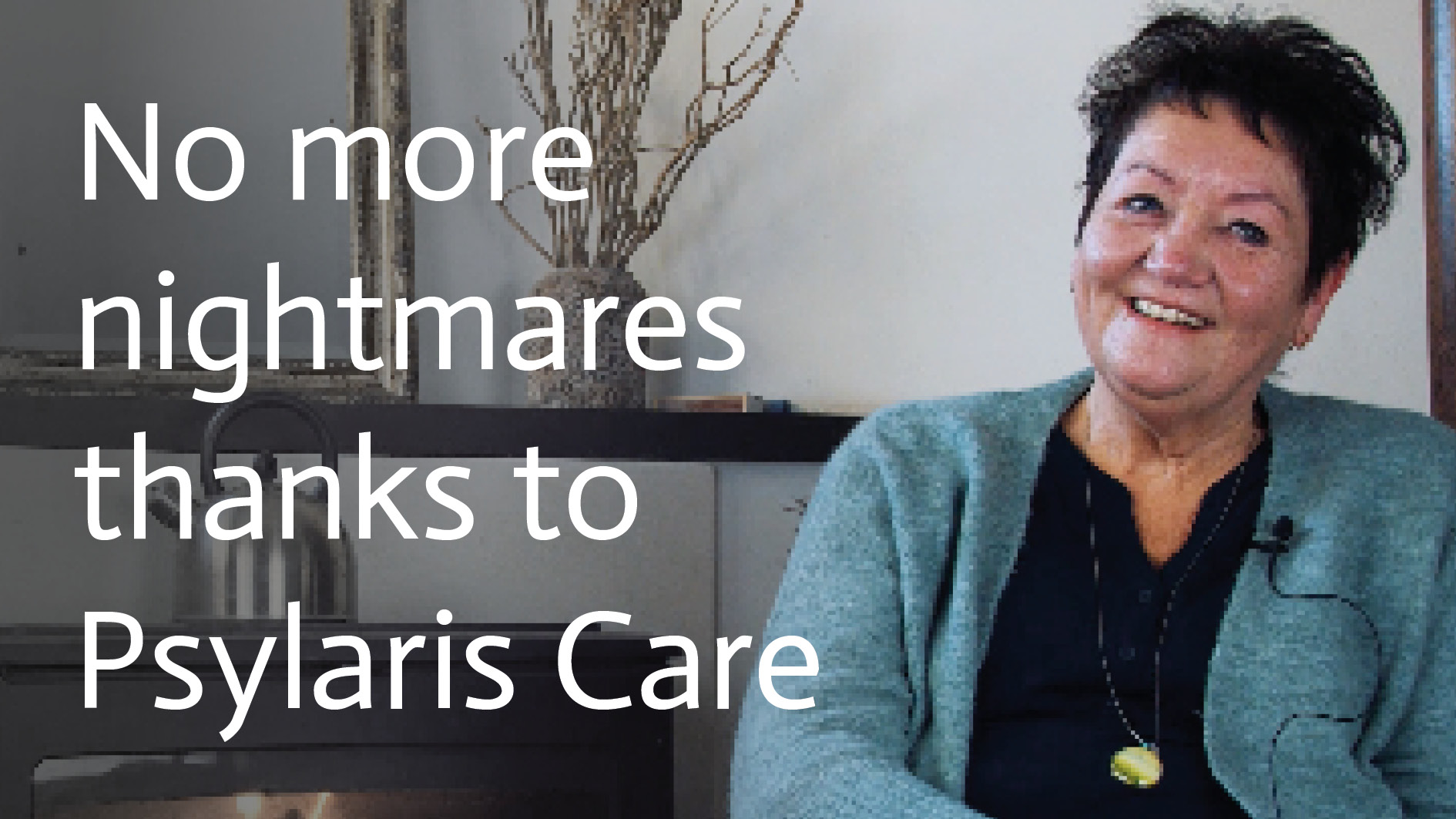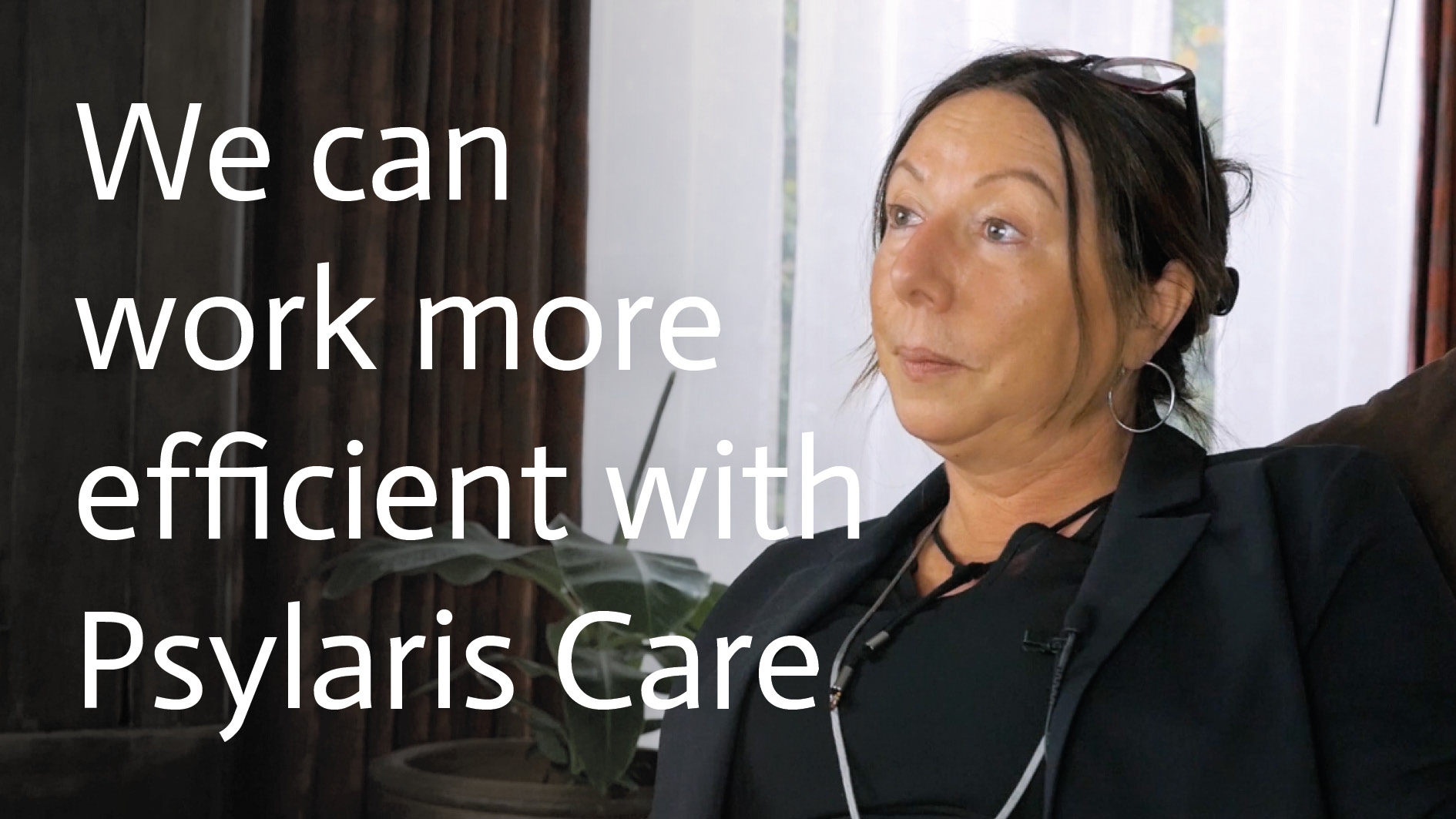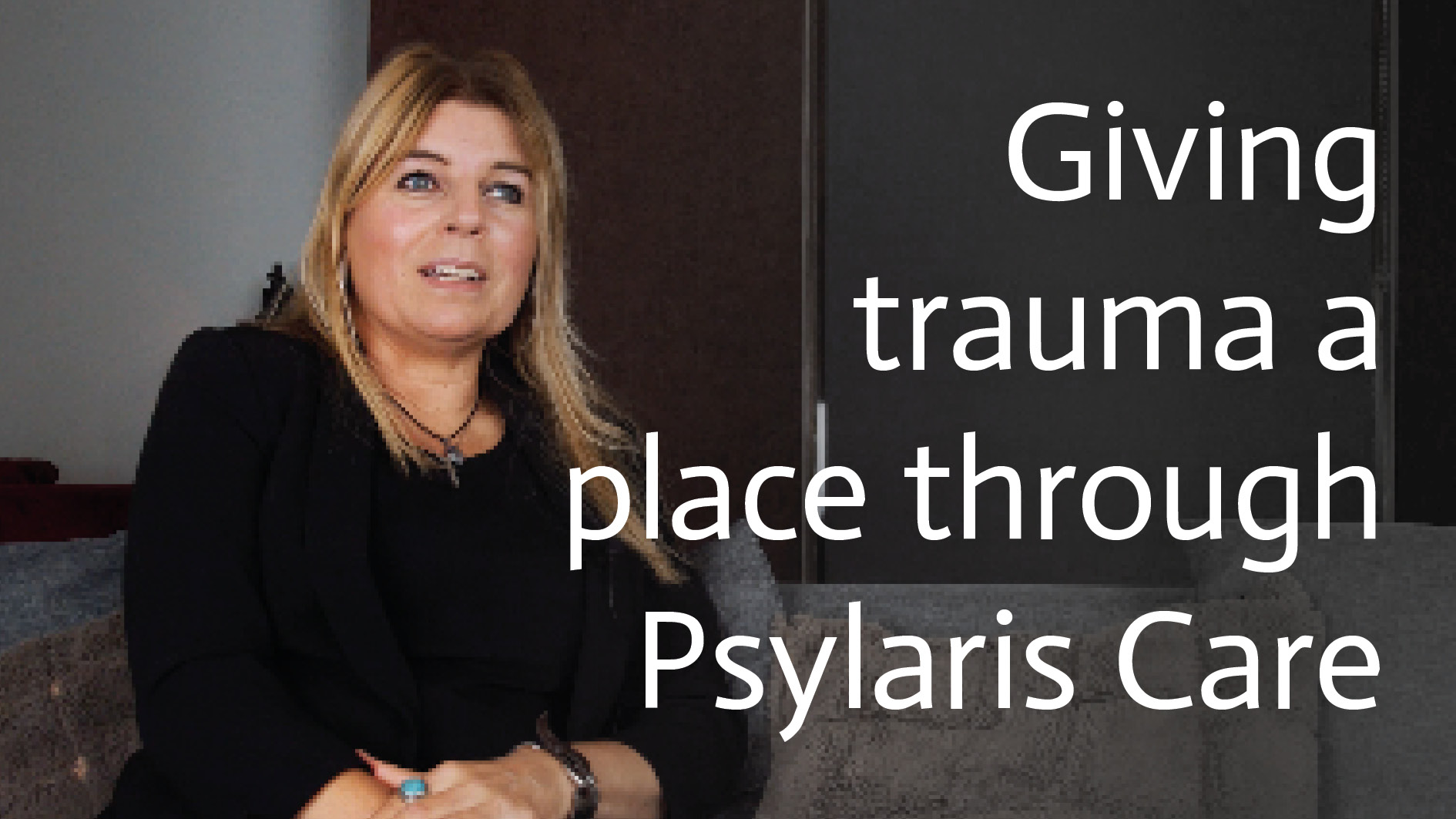It has been scientifically proven that EMDR therapy (Eye Movement Desensitisation and Reprocessing) for adults is very successful. It can help someone get rid of a recurring traumatic experience, as well as all the symptoms associated with a Post-traumatic stress disorder (PTSD). PTSD is often something that is the ultimate consequence of someone walking around with an unprocessed trauma. Much less attention is paid to EMDR treatment for children and adolescents. How successful is this and is EMDR with children, teenagers and young adults justified?
How does EMDR work in practice?
With EMDR, the intention is that, by means of reliving, you can give the traumatic event a place again, but then without the trauma there. Of course, it remains an unpleasant event, but if it is not a trauma, then you can deal with it better and with less emotion and it will no longer affect your daily life. That is why during an EMDR session you have to bring the event forward again. At the moment you relive the event, you are distracted by a hand movement, a sound signal or in some other way. By repeating this, you learn to put away the trauma more easily and to recall it with less or even no emotion.
A traumatic event in children and adolescents
Not only adults, but also children and teenagers can experience very traumatic events. Fortunately, children are very flexible and most of them will be able to cope with the event on their own, especially with good parental support. But also children have different personalities and therefore not every child will be able to cope well with a traumatic event. Because a child, but also adolescents and teenagers are still developing, the consequences of a trauma can disrupt their development and continue in later life. Therefore, EMDR for children and adolescents can be very useful in preventing problems in the future.
What are the effects of trauma on children, adolescents and teenagers?
The consequences of a traumatic event in the first 20 years of life can have a very big impact on the rest of your life. The consequences vary and depend on the stage of development a child is in. Toddlers and preschoolers can become anxious after a trauma, but can also show aggressive or even destructive behaviour. The trauma often also has a great impact on the cognitive behaviour of toddlers and preschoolers. A trauma in children of primary school age can have very different consequences. They cannot concentrate, school performance decreases and the child may have to deal with fears, guilt, excessive worry or aggressive behaviour.
The consequences can be even greater for adolescents and teenagers. They are, for example, at an age where they are capable of coming into contact with the abuse of drugs and alcohol and they get into big trouble at school, especially because of their behaviour. It is precisely at this age that an extreme change in behaviour is possible, and often in a negative sense, causing them to clash with everyone. In addition, they may exhibit destructive behaviour or even suffer from depression.
Is EMDR a good therapy for children and adolescents?
Scientists agree that EMDR is a very successful therapy for adults. The effect of EMDR on children is less well researched, but meanwhile some scientific publications have appeared on this subject. In all studies it appears that EMDR is very effective in helping children get rid of their traumatic experience or PTSD. Not only that, but the related complaints that children and young people experience are greatly reduced or disappear altogether. EMDR can therefore be safely prescribed as a form of therapy for children with an unresolved trauma. In small children, the form may be slightly different. Language development has not yet started or is not fully developed, and then the parents play an important role during the sessions.
Enormous improvement in a short time
More than adults, children have the ability to make very rapid progress in a relatively short time. A researcher from the University of Amsterdam, during a study of EMDR and cognitive behavioural therapy on children, established that the first recovery can be achieved within 2 hours and 20 minutes. Not only recovery from the stress symptoms resulting from the trauma, but also recovery from fears and behavioural disorders. This is yet another confirmation that EMDR is very effective for children of all ages.








